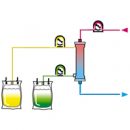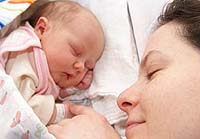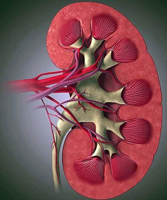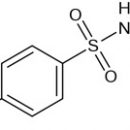What is a sharp glomerulonephritis? What are the symptoms of this disease? Read the answers to questions in the article.
Content
Usually the disease occurs in persons not older than 30-35 years of age. Due to the infectious streptococcal ethiology of acute glomerulonephritis with a pronounced allergic component, it should be found out if there was no preceding infectious disease (angina, influenza, laryngitis, pharyngitis, scarlet).
Course of the disease
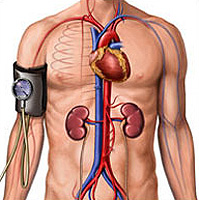 In some cases, the disease begins acutely with shortness of breath, edema, headaches, pain in the lumbar region. Blood pressure rarely rises to a high level, it usually does not exceed 170/100-180 / 110 mm RT. Art. It is characterized by the view of the patients: the face of Even, swelling on the limbs and lower back, the skin pale.
In some cases, the disease begins acutely with shortness of breath, edema, headaches, pain in the lumbar region. Blood pressure rarely rises to a high level, it usually does not exceed 170/100-180 / 110 mm RT. Art. It is characterized by the view of the patients: the face of Even, swelling on the limbs and lower back, the skin pale.
The liquid is often accumulated in the cavities - pleural, pericardial, abdominal. The amount of urine is sharply reduced - up to 500-600 ml per day and less, there is a pronounced hematuria, and therefore the urine often acquires the color of meat. The proportion of urine in acute glomerulonephritis is elevated. An increase in body temperature is not a characteristic symptom of acute glomerulonephritis, although it can occur with this disease.
With acute glomerulonephritis, two severe threatening states may arise, which should always be taken into account when providing emergency care.
First complication - Acute heart failure arising in the initial period of the disease due to disruption of the water-salt balance, fluid delays in the body, increase blood pressure. More often acute heart failure develops on the left-deuded type, with shortness of breath, cough, sometimes a bout of cardiac asthma and even swelling of the lungs.
Second complication acute glomerulonephritis - the so-called acute encephalopathy (eclampsia) associated with edema of the brain and arterial hypertension.
It manifests the loss of consciousness, loss of vision, convulsive seizures with language biting. The attack of the renal eclampsia lasts no more than half an hour and usually goes into a short-term copor, sometimes - to the eclospic to. Elexpic seizures may occur again during the day. It should be emphasized that these attacks are rarely ended, although they may cause many complications, in particular stroke. Under the eclampsia, moderate bradycardia (50-60 beats per minute) and a sharp increase in blood pressure.

